VIEW BY CATEGORY:
Hi, we're Hunter and Sarah, a husband-and-wife, luxury wedding photography team. We’re also educators, helping other photographers build profitable and sustainable photography businesses.
MEET US
LOOKING FOR SOMETHING?
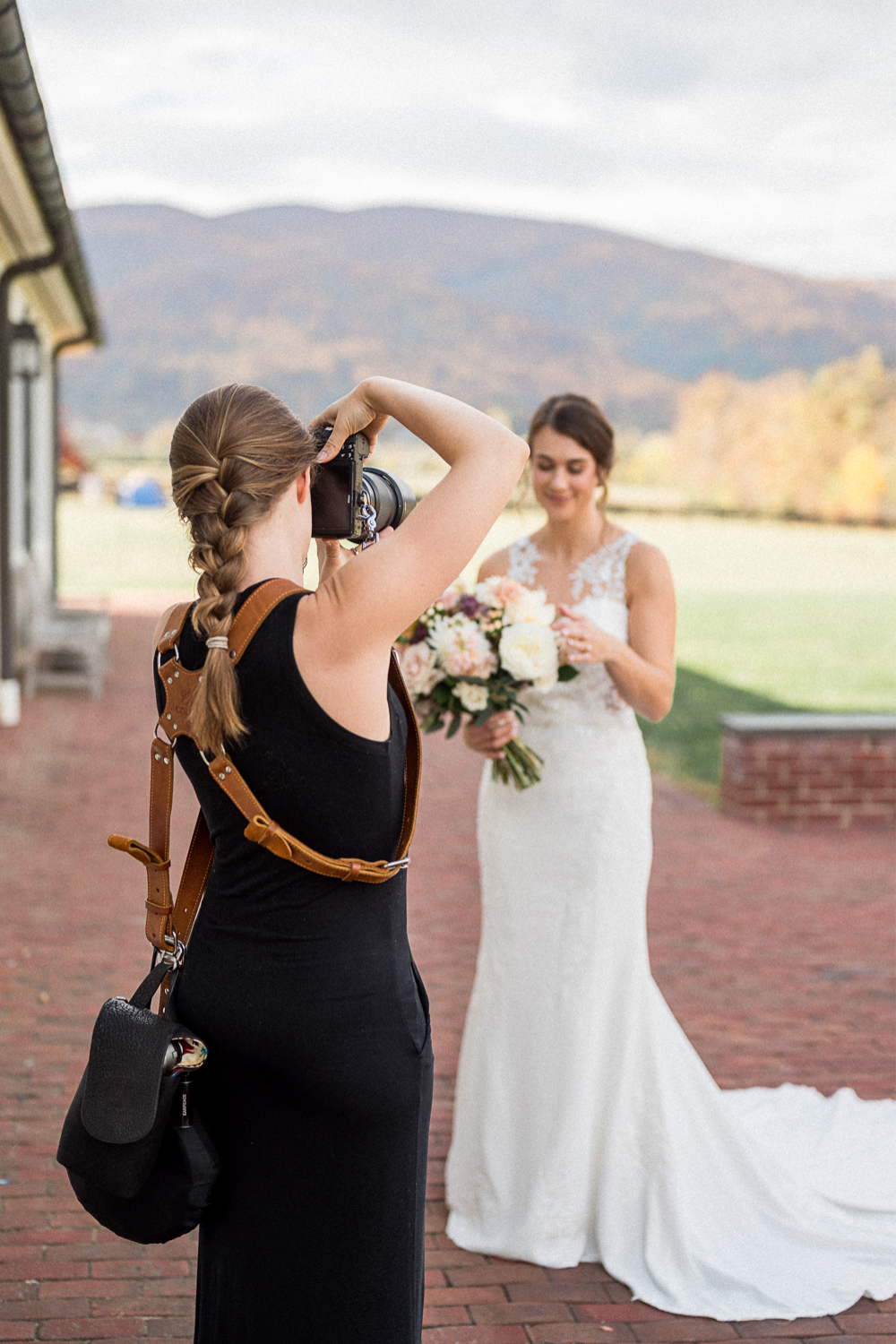
What to Expect When Second Shooting (H&S’s Guide to Second Shooting Pt. 4)
November 16, 2023
Hey photographer friends! Welcome back to our Photography Blog, Mastering the Wedding Photography Biz with Hunter and Sarah! Today, we’re continuing our blog series all about second shooting and how it can help photographers grow their wedding photography businesses. Even if they’re brand new to weddings! Last week, we discussed how to find second shooting jobs! This week, we’re giving our best advice on what to expect when second shooting! Actually, we’re going to focus more on what NOT to expect from your lead photographer when second shooting!
There’s an old saying: frustration is a result of missed expectations. And nothing will add stress to a professional relationship (and a wedding day) like two people working together with totally different expectations! That’s why we said in Part 2 of this series that our very first advice for second shooting is to set expectations with your lead photographer before you step onto the wedding day. Although every wedding photographer is different and runs their wedding day in their own unique way, here are a few general things that you should NOT expect from your lead photographer.
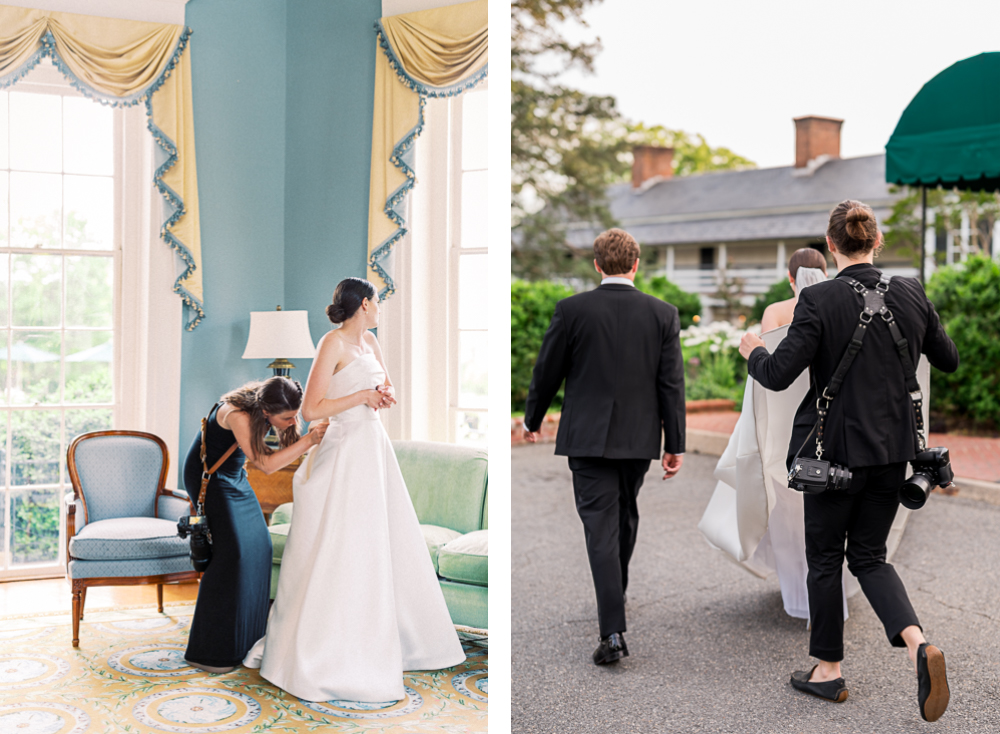
1. Don’t expect to be taught all day long
If you’re new to weddings and assisting a professional for the first time, it’s hard to know what to expect when second shooting. But our first piece of advice is NOT to expect the lead to pull you aside all day long and narrate their actions! There will certainly be slow opportunities where you can ask questions about things that you’ve observed. But your lead photographer’s first goal is to serve their clients. They’ll be interacting with their couple and their families and friends most of the day. So they won’t necessarily have the time or head-space to teach you or answer questions at any point in the day.
That’s why being a good observer is so important if you want to learn and grow from second shooting! When you aren’t actively doing something, you should be watching and learning from your lead. Take mental notes of how they handle difficult situations, how they interact with the couple, and how they tackle difficult lighting situations.
Then, when you’re taking a breather before the ceremony starts or while the guests are eating dinner, you can ask all your questions! If you’ve found a lead with a “teaching heart”, they should be more than happy to help you understand how and why they’ve operated so far that day. But waiting for the right moment is key.

2. Don’t expect to walk away with a full wedding portfolio
Especially when you first get started second shooting, you may be there just to shoot the cocktail hour or dancing photos. Maybe you’ll spend the rest of the day carrying bags and fetching lenses! On the other hand, maybe you’ll get to shoot the ceremony… but only from the church’s balcony or the back of the aisle. Of course, over time, you’ll grow in your photography and assist photographers who are closer to your skill level. On those wedding days, you’ll walk away with a more robust version of the day.
However, a second shooter will always be second, and therefore won’t have photos of certain portions of the day (like wedding party photos and family photos) where the subjects are looking into the lead photographer’s camera and smiling. That doesn’t mean that they can’t get some great shots from other angles. But it’ll take many combined weddings as a second shooter to fill a full wedding portfolio.
If you aren’t sure what to expect when second shooting, you can certainly expect to build your portfolio! But not as quickly as if you were the lead.
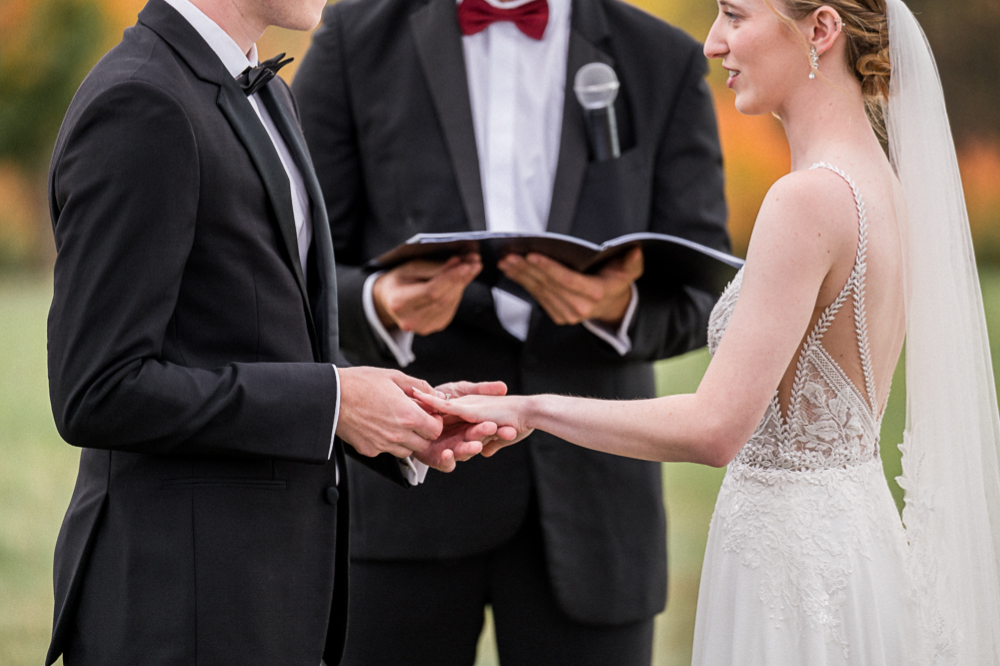
3. Don’t expect to get paid (at least at first)
Although lead photographers should always pay their second shooters, if you’re literally BRAND new to wedding photography, you may not be second shooting at all to start. You may need to assist — and maybe for free — at first. Since pay is often based on experience, zero experience doesn’t exactly translate to a robust paycheck!
However, don’t be discouraged. Your “pay” may be in experience and learning as you assist during your first one or two weddings. But this won’t last for long! If you prove yourself to be a valuable addition to the team, you’re certainly entitled to shoot and get paid before long. And once you have even just a couple of second shooting jobs under your belt, you should always be paid to contribute to a lead photographer’s final image gallery!
Keep in mind what we talked about in Part 3 of this series. If there’s a very wide “experience gap” between you and your lead, the knowledge you glean from them and the photos you add to your portfolio are worth far more than a few hundred bucks ever could be!
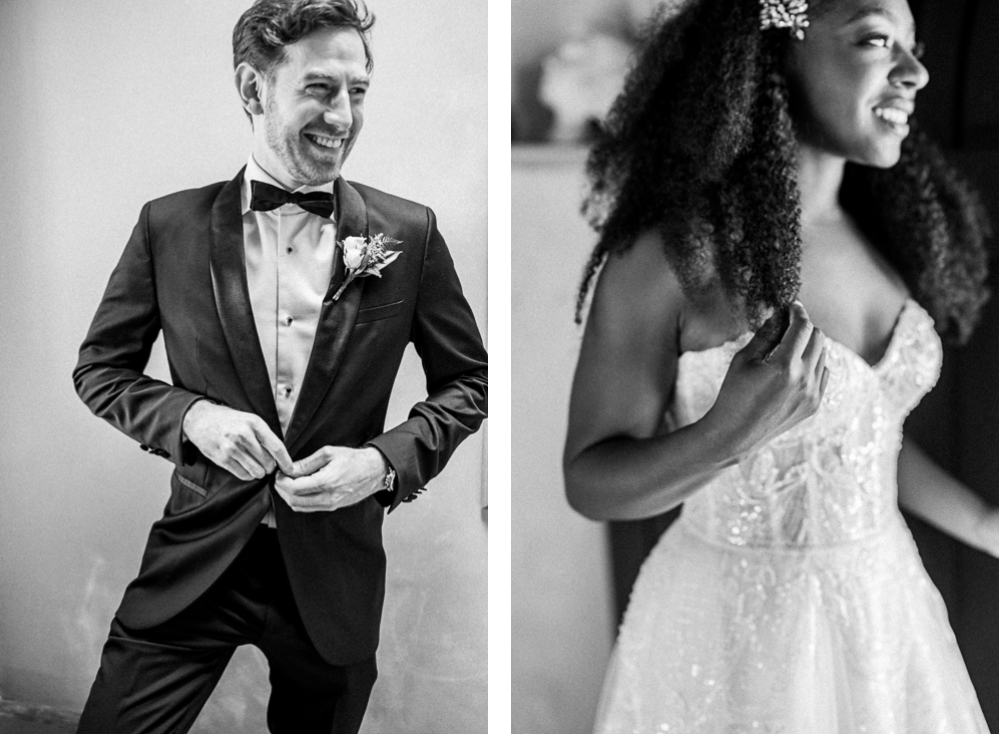
4. Don’t expect to go along on every single wedding
Are you trying to fill an entire season or an entire year with second shooting gigs? If so, you should expect to have a long list of photographers that you’re trying to shoot for. Budget a little time each week to reach out and connect with new photographers. Not every photographer has an entire calendar full of gigs that they’d like to give to a single second shooter.
Plus, like we talked about last week, a photographer may invite you to second shoot for them a bunch of times in one year. But we don’t think that would necessarily be the best for your business. Even though it might make their life easier, we think that learning from 15 different photographers would be better! Especially in the long-run. That way, you get to learn from a variety of different sources, rather than just a single photographer.
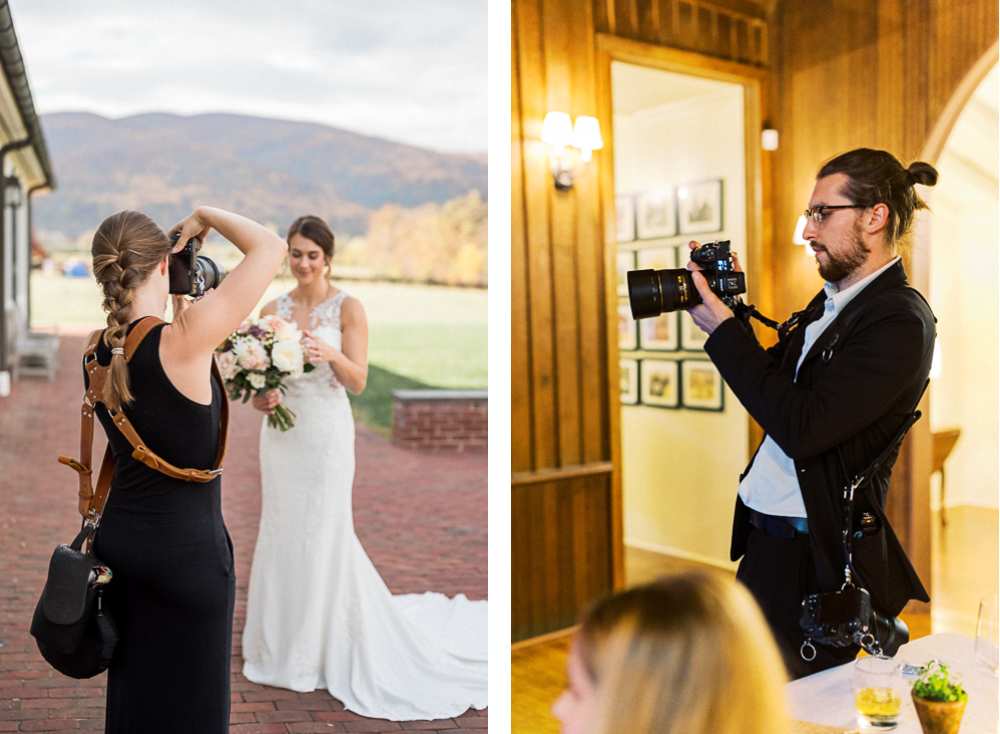
Want More?
Click HERE to get your free copy of our eBook: “5 Essential Tips for Turning your Side-Hustle into a Full-Time Photography Business.” You’ll also be subscribed to our newsletter, so our newest content, weekly encouragement, and exclusive offers will be delivered right to your inbox!
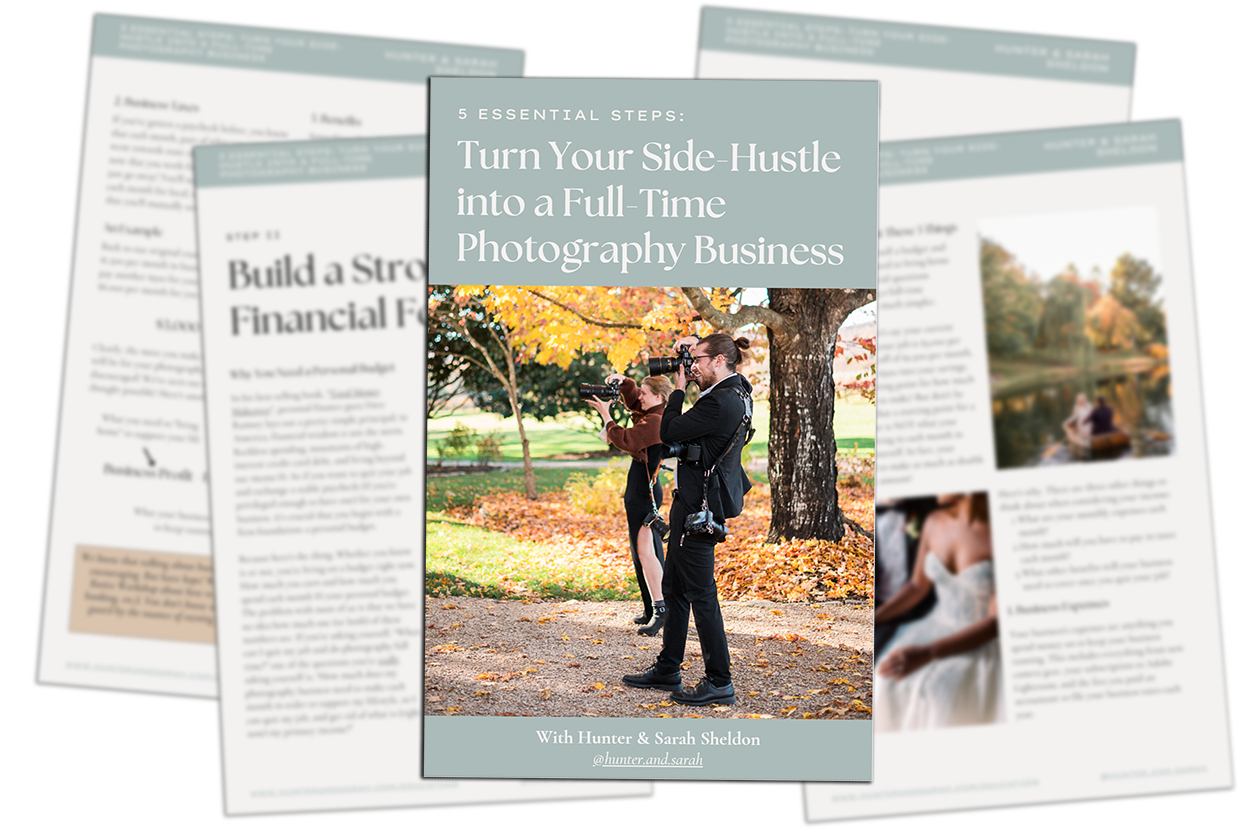
—
Check out the other segments in this blog series!
Filed in:
Wedding Photography & Photography Education
Charlottesville, Virginia and Beyond
HOME
ABOUT US
WEDDINGS
JOURNAL
FOR PHOTOGRAPHERS
PRESS & PRAISE
BLOG
CONTACT
e. hunter@hunterandsarahphotography.com
p. (434) 260-0902
